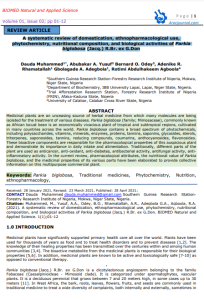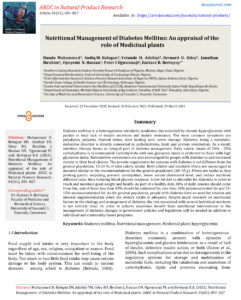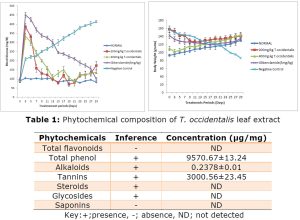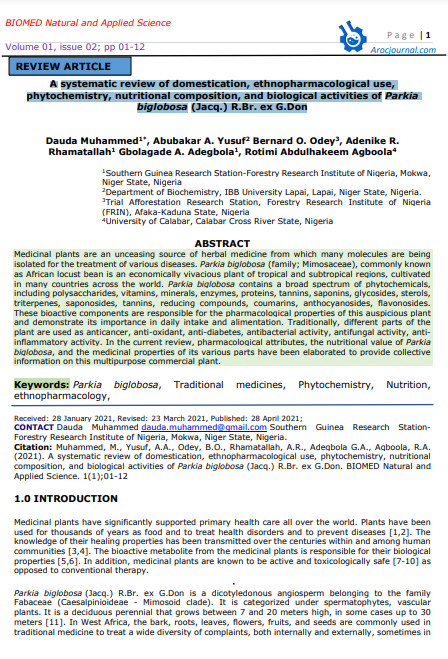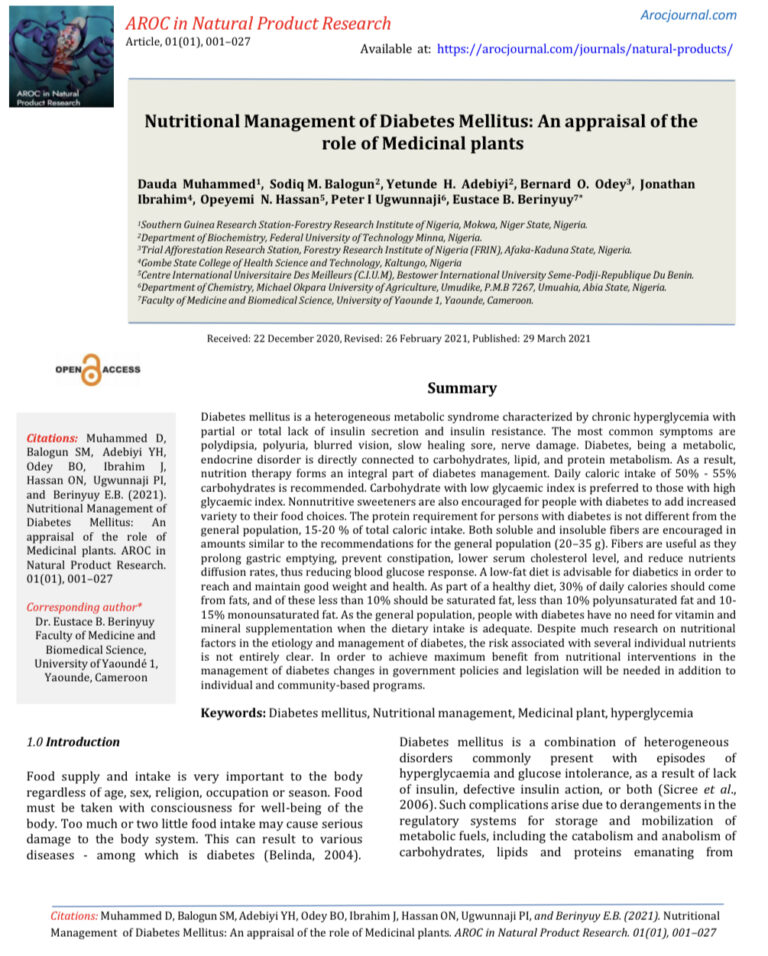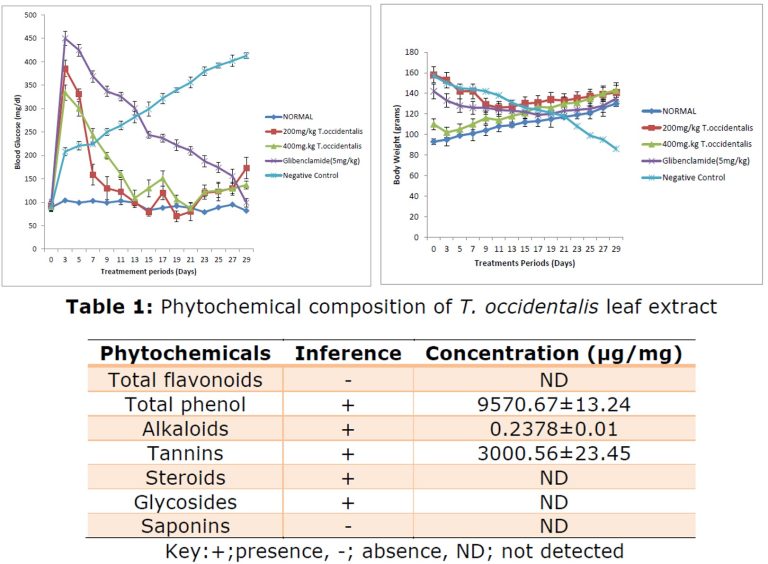Introduction:
In today’s hyperconnected world, cybersecurity has become a global priority. With billions of devices connected through the Internet of Things (IoT) and increasing reliance on cloud computing, organizations face unprecedented risks. Artificial Intelligence (AI) is rapidly emerging as both a solution and a challenge in this evolving landscape.
AI-driven tools such as machine learning algorithms, predictive analytics, and natural language processing are revolutionizing threat detection, making it possible to identify anomalies faster than traditional systems. For instance, AI can analyze vast amounts of network traffic to detect potential breaches in real time, reducing human error.
On the other hand, hackers are also leveraging AI to create more sophisticated attacks, including deepfakes, AI-generated phishing, and automated malware. This arms race between cyber defenders and attackers underscores the importance of responsible AI integration in cybersecurity.
This article explores current advancements, case studies, and recommendations for mitigating risks associated with AI-driven cybersecurity threats.

